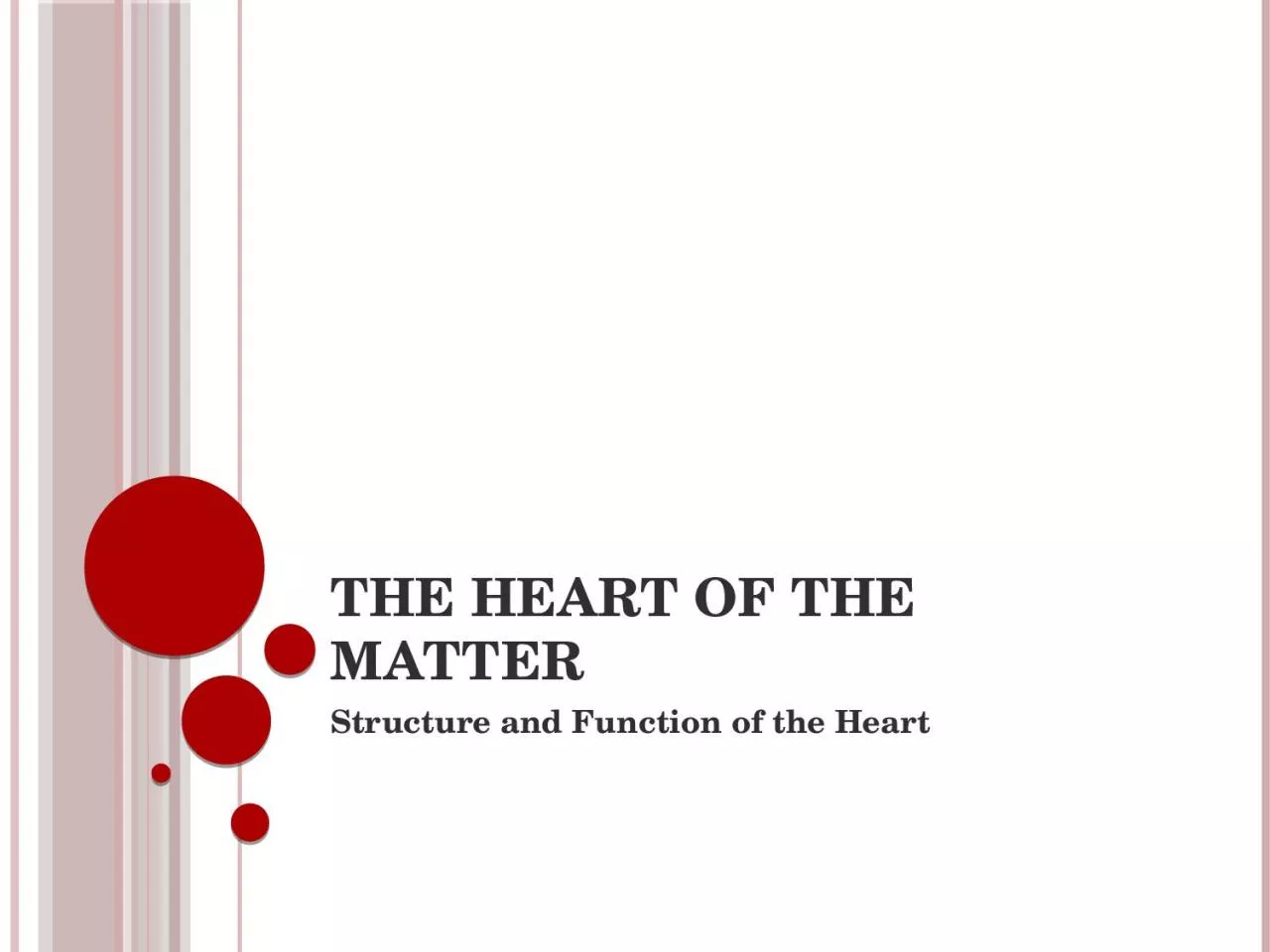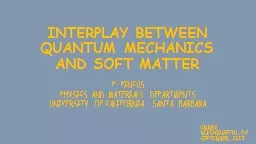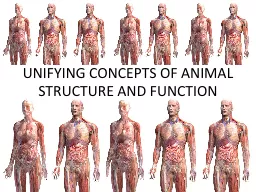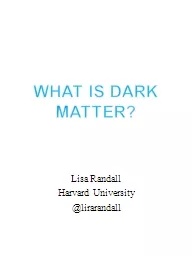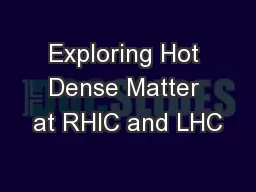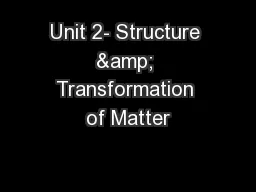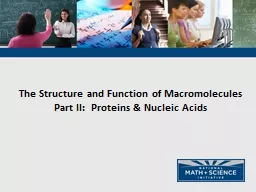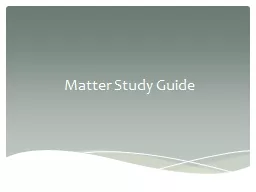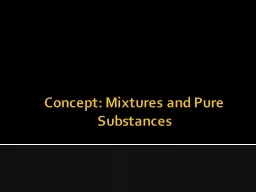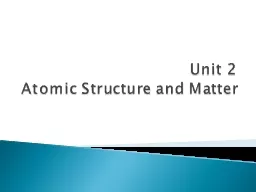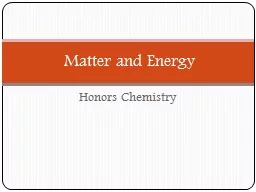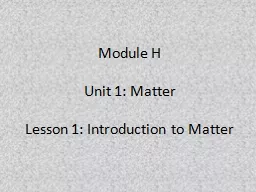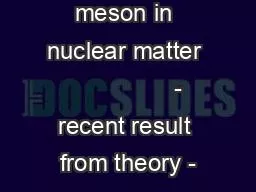PPT-The Heart of the Matter Structure and Function of the Heart
Author : belinda | Published Date : 2023-05-22
5 Interesting Facts about the Heart Each day your heart beats 100000 times Each minute your heart pumps 15 gallons of blood Heart disease is the 1 cause of death
Presentation Embed Code
Download Presentation
Download Presentation The PPT/PDF document "The Heart of the Matter Structure and Fu..." is the property of its rightful owner. Permission is granted to download and print the materials on this website for personal, non-commercial use only, and to display it on your personal computer provided you do not modify the materials and that you retain all copyright notices contained in the materials. By downloading content from our website, you accept the terms of this agreement.
The Heart of the Matter Structure and Function of the Heart: Transcript
Download Rules Of Document
"The Heart of the Matter Structure and Function of the Heart"The content belongs to its owner. You may download and print it for personal use, without modification, and keep all copyright notices. By downloading, you agree to these terms.
Related Documents

